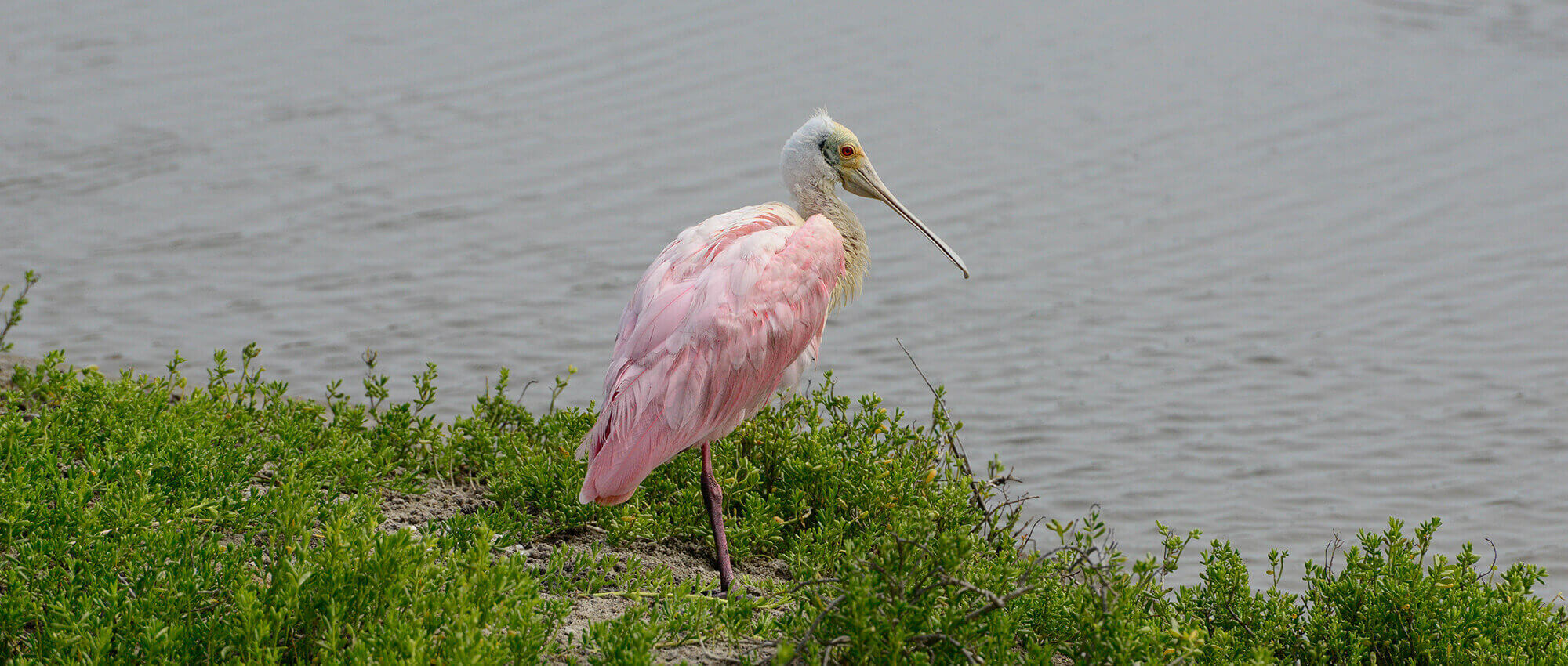
Roseate spoonbill
Ibis espátula
Platalea ajaja
Large wading bizarre-looking bird with a distinctive long spoon-shaped bill. Its wingspan can stretch 1.5 times as wide, reaching 120 cm (4 ft). Its height can reach 80 cm (2.5 ft). Their natural habitat are wetlands of both fresh and saltwater. Its upper neck and back are white, and the wings and feathers underneath light pink color. Its wings and tail coverts are intense red, along with the legs and the iris of the eyes. The spoonbill's head presents a distinct yellow-green coloration. Adults have brighter pink shoulders and a bare yellowish green head. The young are duller in appearance, and plumage becoming more brighter as they grow. They get their pink coloration from pigments called carotenoids obtained from small crustaceans, mollusks, and other aquatic invertebrates they eat that help turn their feathers pink. They feed on shallow waters early in the morning and evening hours. While mandibles are slightly open the wide flat bill sifts the mud from food that is detected by feel. While feeding, they utter a low, guttural sound. A social bird that joins small flocks. It sleeps standing on one leg, with its head tucked beneath its back and shoulder. The clutch size is 2-5 white brown-spotted eggs incubated by both parents for 22-24 days. Young leave the nest after 5-6 weeks. They may live up to 10-15 years.
Esta ave es un poco rara en apariencia debido a su pico largo en forma de cuchara. Sus alas tienen una envergadura de 1.2 m. Su altura es de 80 cm. Su habitat natural corresponde a sitios de agua fresca o salada rodeada de árboles donde contruyen sus nidos. La parte superior de su nuca y su espalda son blancas. El color de las plumas de las alas tiene tono rosado claro. Sus covertoras son rojas como lo son sus patas e iris de sus ojos. El pico es amarillo verdoso. Las aves adultas tienen plumaje rosado brillante con un tono amarillo-verdoso en su cabeza. Descansan en una pata y meten su cabeza en las plumas de su hombro. Mientras que los juveniles tienen menos color rosado y sus plumas se hacen coloridas al crecer. Se cree que el color de su plumaje se origina de pigmentos rojizos llamados carotenos de los crustáceos, moluscos y otros animales que consumen. Forrajean a primeras horas de la mañana o en las horas antes del anochecer. Al cazar lo hacen con las mandíbulas un poco abiertas y por tacto pueden separar el barro de la comida. Atrapan sus presas a través de su filudo pico. Estas consisten de moluscos, crustáceos pequeños, insectos acuáticos y material vegetal acuático. Su postura es 2-5 huevos blancos con manchas café claro. Ambos los incuban durante 22-24 días. Polluelos dejan el nido a las 5-6 semanas. Viven entre los 10-15 años.
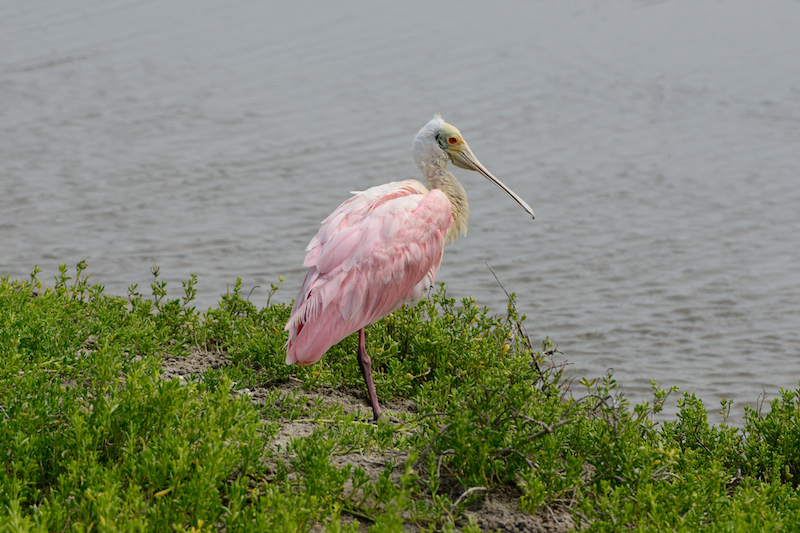
_LAM7755
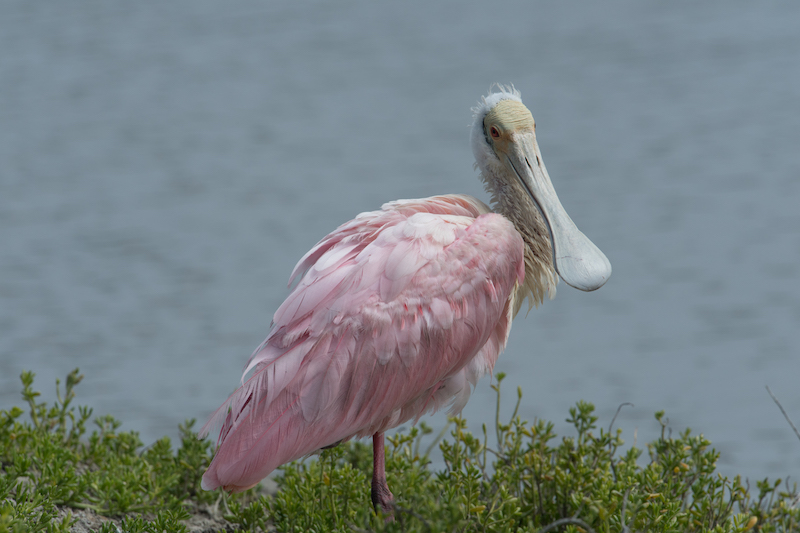
LAM_3539
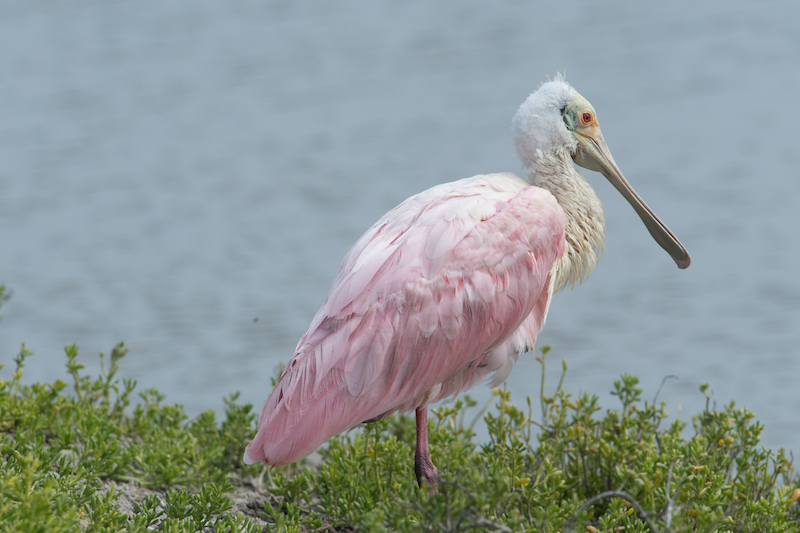
LAM_3535.jpg
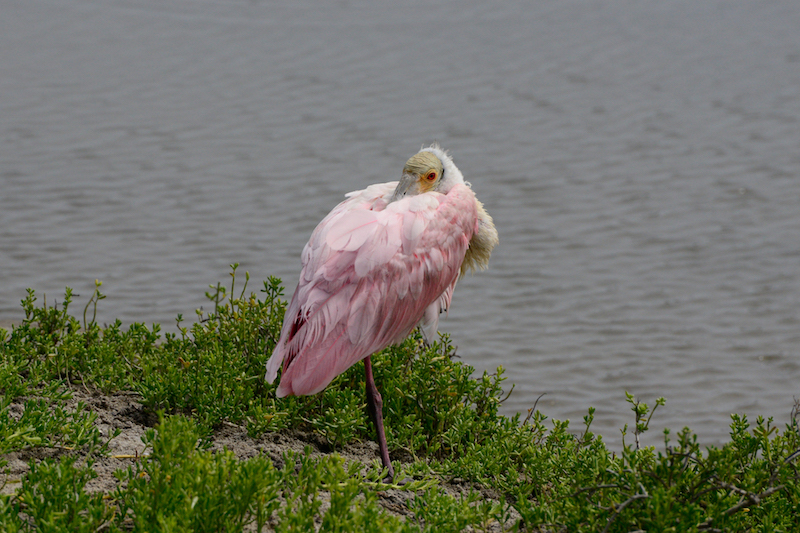
_LAM7751
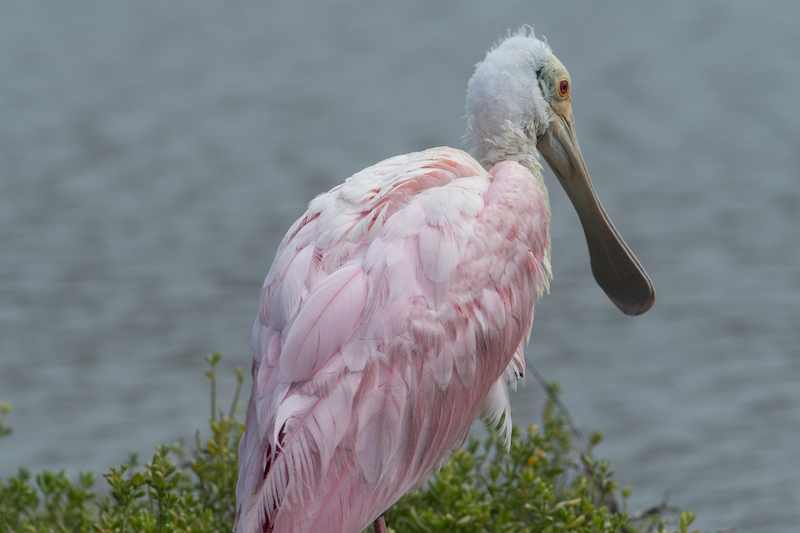
LAM_3532
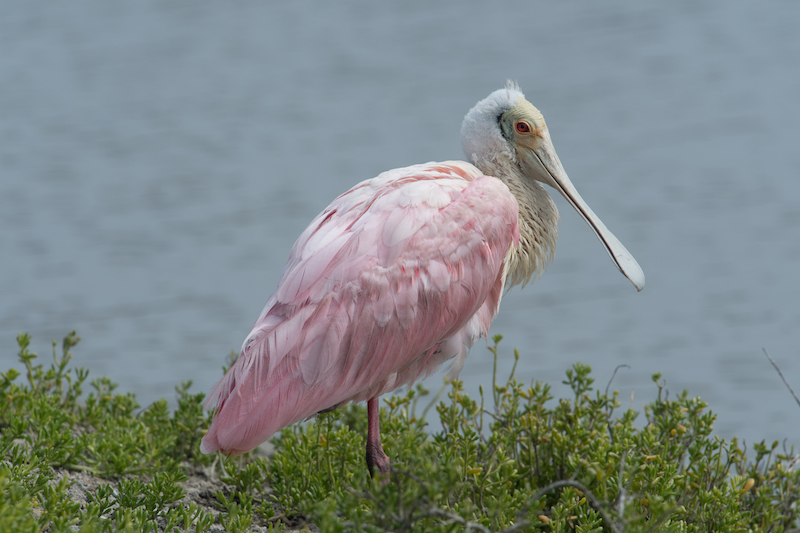
LAM_3538
